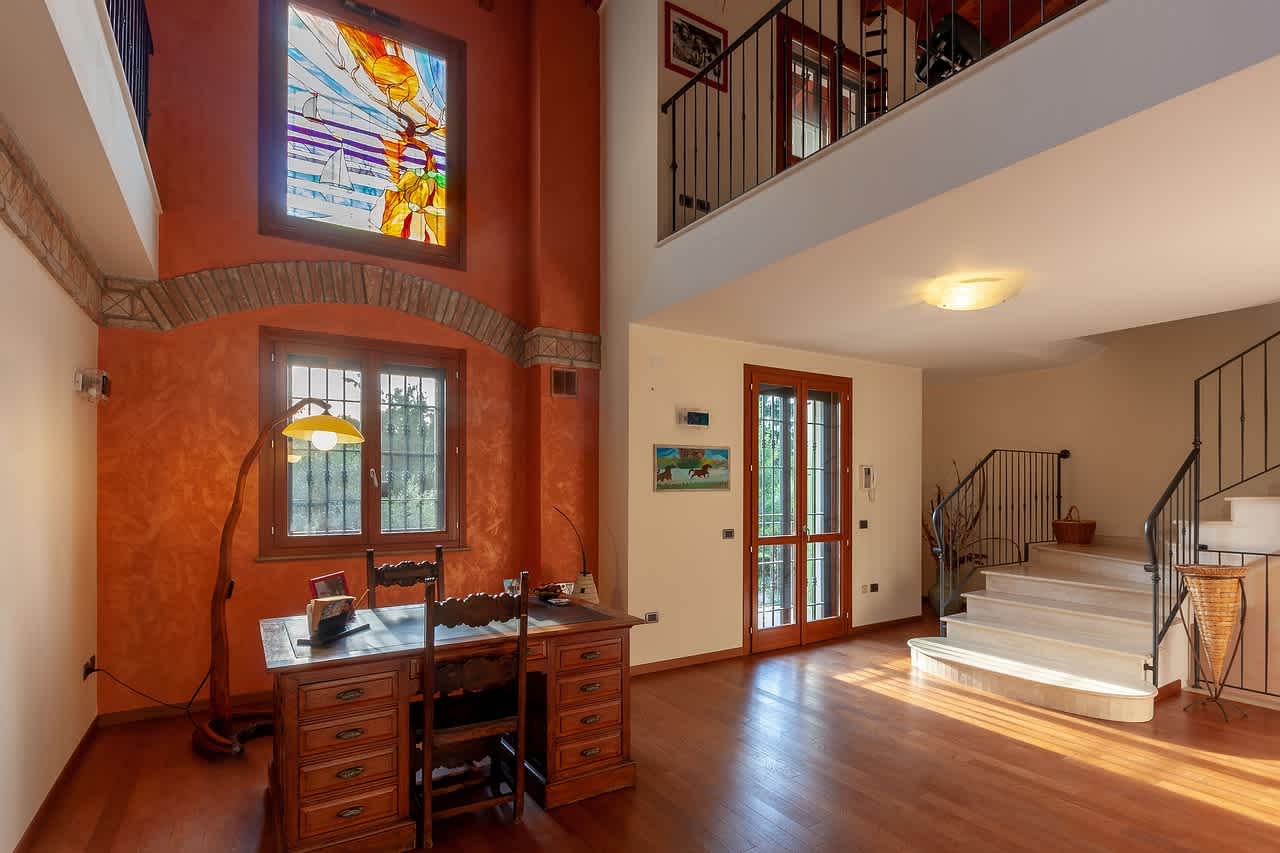Building a Home Office: How to Make Your Remote Office Productive
ByJulian Gette
Workast publisher

Workast publisher
In recent years, remote work has gained significant traction, and the past year's events have accelerated its adoption even further. As more individuals work from home, the importance of creating a productive home office space cannot be overstated. A well-designed home office can greatly enhance efficiency, focus, and overall work experience. This article explores critical strategies and tips for building a home office that maximizes productivity and supports your professional endeavors.
Selecting the right location for your home office is fundamental to creating a productive workspace. Ideally, the space should be quiet, well-lit, and away from distractions. A spare bedroom, a corner of a less frequented room, or even a converted closet can be suitable options. Natural light is a significant factor, as it positively impacts your mood and reduces eye strain. Additionally, consider the proximity to other parts of your home, especially if you frequently need to access resources like printers or reference materials.
As soon as you have decided on a location for your home office, the next step is to ensure it is free from clutter. This means keeping the designated space clear of unnecessary items that could hinder your productivity and focus. If you live in Virginia, you may want to rent a residential dumpster in Norfolk to safely dispose of any clutter and items you no longer need. A clutter-free environment not only looks more organized but also creates a mental space that is conducive to practical work.
The layout of your home office can significantly impact your workflow. The arrangement of your desk, monitor, and other tools should facilitate a smooth and efficient workflow. Consider the "work triangle" principle used in kitchen design, where the most-used items are within easy reach. Your primary workspace should be comfortable and free from obstructions.
Distractions are the bane of productivity. When designing your home office, consider ways to minimize potential interruptions. This might involve positioning your desk away from high-traffic areas, using noise-canceling headphones, or setting boundaries with family members or roommates. If possible, close the door to your office during work hours to signal your availability or unavailability.
Furniture and equipment play a crucial role in the functionality and comfort of your home office. A comfortable and ergonomic chair is essential to prevent discomfort and promote good posture. Your desk should have enough space to accommodate your computer, monitor, keyboard, and other tools you frequently use. Adjustable standing desks have gained popularity for their ability to provide a change of posture throughout the day.
Furthermore, invest in a high-quality monitor that reduces eye strain and allows for multitasking. A keyboard and mouse that are comfortable to use for extended periods can significantly improve your overall work experience. Adequate storage solutions, such as shelves, drawers, or filing cabinets, will help you stay organized and keep your workspace clutter-free.
Ergonomics is crucial for maintaining your physical well-being while working from home. Ensure that your chair, desk, monitor, and keyboard are correctly aligned to promote good posture and reduce the risk of strain or injury. Consider using ergonomic accessories like wrist rests and monitor stands to support your comfort further.
Proper lighting is a fundamental aspect of a productive home office. Natural light is preferred, but if impossible, opt for bright, excellent lighting that mimics natural daylight. Avoid harsh fluorescent lighting, as it can cause eye strain and discomfort. The color scheme of your home office can also influence your mood and productivity. Opt for neutral or calming colors that promote focus and concentration. Blues and greens are known for their soothing effects, while touches of warmer colors like yellow can add a sense of energy.
A reliable internet connection is non-negotiable for remote work. Ensure that your home office is equipped with a stable and high-speed internet connection to prevent disruptions during virtual meetings or while accessing online resources. Invest in a good router if needed, and consider having a backup connection option to avoid downtime in case of technical issues. But remember, a home office's array of cables and technology can quickly become overwhelming. To maintain an organized and clutter-free space, use cable organizers, zip ties, or cable sleeves to keep cords neatly bundled and out of sight. Cable clips attached to the underside of your desk can prevent cables from tangling and keep them within easy reach.
Noise can be a major productivity killer, especially in a home environment. If you're dealing with external noise, consider using noise-canceling curtains or white noise machines to create a more peaceful atmosphere. If you're concerned about noise escaping from your home office, you can add weather stripping around the door and use acoustic panels to absorb sound. As you settle into your home office routine, take the time to assess what's working and what could be improved. Your needs and preferences may evolve, so be open to adjusting your setup accordingly. Stay attuned to your productivity and comfort levels, and make changes as needed to optimize your workspace.
Your home office should be a reflection of your personality and work style. Adding personal touches can make the space more inviting and conducive to productivity. Consider incorporating artwork, plants, or decorative items that inspire and motivate you. However, be mindful not to over-clutter the space, as excessive decorations can become distractions.
Bringing a touch of nature into your home office can positively affect your well-being and productivity. Plants not only improve air quality but also add a sense of tranquility to your space. Select low-maintenance plants that thrive indoors, such as succulents or peace lilies, to add a touch of greenery to your workspace.
Building a productive home office requires careful consideration and planning. By choosing the right location, investing in quality furniture and equipment, personalizing your space, optimizing lighting and color schemes, minimizing distractions, and following other key strategies, you can create a workspace that enhances your remote work experience. Remember that your home office is not just a physical space; it's a place where you cultivate focus, creativity, and productivity. Tailor your setup to your unique needs and preferences, and enjoy the benefits of a well-designed remote office.

